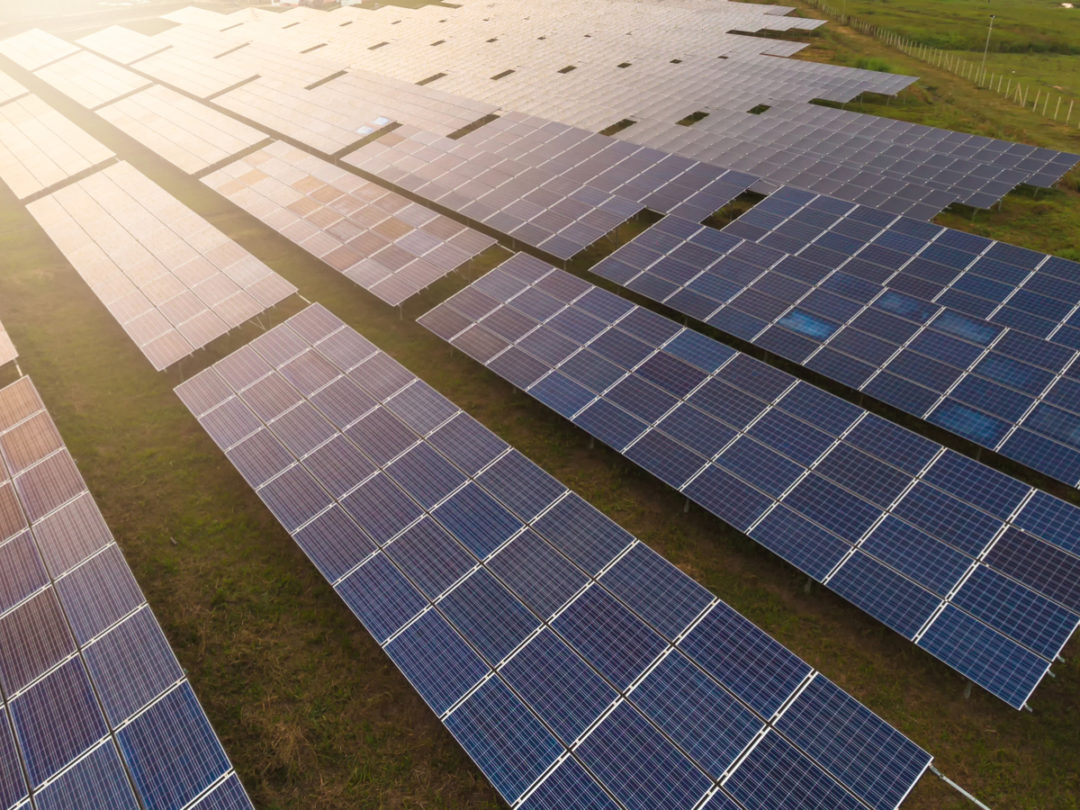
Visit Our Sponsors |
|
|
|
|
|
|
|
|
|
|
|
|
|
|
|
|
|
|
|
|
|
|
|
|
|
|
|
|
|
|
|
|
|
|
|
|
|
|

It’s been a little over a year since President Donald Trump slapped tariffs on solar equipment imports in the name of American jobs and manufacturing.
Since then, one of the U.S. panel makers that fought for the duties has been acquired, and the other is bankrupt. U.S. solar jobs fell 3.2 percent last year. And it turns out the one clear winner is an American manufacturer that has plants in Vietnam and Malaysia and didn’t even initially ask for the duties.
First Solar Inc., which sells more than any other U.S. solar manufacturer, is the biggest beneficiary because it uses a particular technology that isn’t covered by the tariffs — even though many of its panels are made overseas.
“First Solar is laughing,” said Jenny Chase, BloombergNEF’s lead solar analyst.
For the rest of the industry, tariffs have been a mixed bag.
SunPower Corp., the other major U.S. solar manufacturer, says it now has a pricing advantage over rivals after it won an exemption from the tariffs, but that came at a significant cost. Asian competitors have opened U.S. plants partly in response to the duties, but it’s not clear whether they’ll create a meaningful number of jobs.
The clearest losers, meanwhile, are U.S. solar farm developers, who blame the tariffs for driving up equipment prices and slowing projects.
The dynamics of the solar market will be front and center this week as clean energy executives from around the world convene at the BNEF Summit in New York.
Sold Out
Even before the duties were announced, First Solar was able to offer pricing certainty to customers, knowing its products wouldn’t be subject to duties. That’s helped the company sell out its entire planned output through 2020. Solar tariffs “helped to rejuvenate domestic manufacturing and boosted both investment and jobs,” First Solar Chief Executive Officer Mark Widmar said in an emailed statement.
“They were able to go to so many developers and say, ‘We can back you now at good, solid, reasonable prices’” Joe Osha, an analyst at JMP Securities, said in an interview.
For SunPower, the tariffs were a major headache. Much of the company’s manufacturing is outside the U.S., leading the San Jose, California-based company to pay about $46m in duties. To avoid paying more, SunPower successfully argued for an exemption for some of its products. It also shelled out $26m to buy a factory in Oregon from SolarWorld Americas — one of the companies that asked for the tariffs — so it could manufacture in the U.S.
All told, SunPower Chief Executive Officer Tom Werner estimated the tariffs cost the company $75m.
“It was a big blow,” he said in an interview. “It was the most significant factor for our company last year.”
Here’s how tariffs affected other parts of the U.S. solar industry.
And what ever happened to the two small companies behind the complaint to the U.S. International Trade Commission?
Suniva Inc., which filed the case in April 2017, continues to wend its way through the Chapter 11 process. SolarWorld Americas, which joined the petition, was acquired by SunPower along with the factory.
“Small U.S. manufacturers haven’t benefited from the tariffs,” Bromley said.
RELATED CONTENT
RELATED VIDEOS
Timely, incisive articles delivered directly to your inbox.

